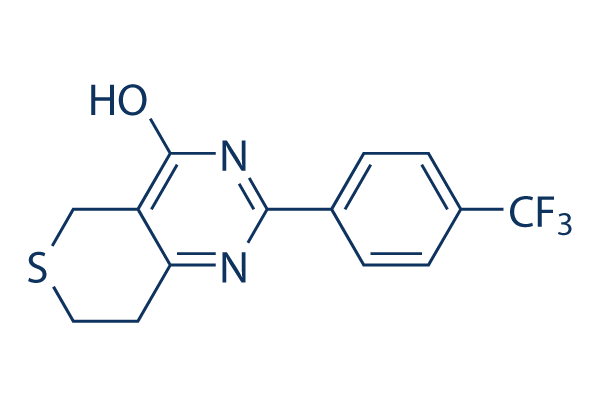Yet, the mixture of LY294002 with 100 200M oxalipl atin substantially greater the amount of apoptotic cells, In contrast, the combina tion of RAD001 with one hundred 200M oxaliplatin did not sig nificantly improve the quantity of apoptotic cells, To confirm that apoptosis was the direct reason for cell death, the presence of cleaved caspase 3, a central marker of apoptosis, was determined by western blot evaluation. As shown in Fig. 3C, the level of cleaved caspase 3 was rather reduced in cholangiocarcinoma cells treated with 10M of LY294002, 0. 5M of RAD001 or oxaliplatin alone. Alternatively, the degree of cleaved caspase three was elevated in cholangiocarcinoma cells taken care of with LY294002 in mixture with a hundred or 200M of oxalipl atin. Discussion Cholangiocarcinoma is often a quickly lethal condition and gener ally thought of for being incurable.
Among the key good reasons for its minimal survival charge is that cholangiocarcinoma exhib its extensive regional invasion and regular regional lymph node metastasis. Most patients will not be candidates for cur ative surgical additional hints resection, Until not too long ago, there has been no successful chemotherapeutic drug for this disorder. Oxaliplatin is utilised for your treatment method of the number of sound tumors including lung, gastric, and colorectal can cer, and ]. Recently, a prospective multicenter phase II research targeted on capecitabine and oxaliplatin mixture therapy in advanced cholangi ocarcinoma, Sadly, the results recommended that this routine created bad success for intrahepatic cholangiocarcinoma, An option technique is then needed to assess the efficacy of oxaliplatin as chemo therapeutic agent.
We made use of two cholangiocarcinoma cell lines, RMCCA1 and KKU100, derived from cholangiocar cinoma sufferers to review the result of oxaliplatin in vitro. These cell lines exhibited resistance to oxaliplatin, even at large concentrations, Furthermore, we dem onstrated that oxaliplatin handled cholangiocarcinoma cells exhibit high ranges of Akt and mTOR phosphoryla order LY2835219 tion as being a end result of PI3K activation. Consequently, we hypothesized that activation of your PI3K pathway in cholangiocarci noma cells may well, in turn, safeguard the cells from oxaliplat ininduced cytotoxicity. Our outcomes indeed showed that inhibition of Akt by LY294002 drastically enhanced oxaliplatin efficacy in inhibiting cell proliferation.
This finding suggests that Akt phosphorylation may very well be attrib uted to oxaliplatin resistance in cholangiocarcinoma cells. This end result is also consistent with current proof displaying that the mechanism of drug resistance  in cancer cells was generally via the induction of PI3K Akt pathways, Prior scientific studies demonstrated that exposure of cancer cells to oxaliplatin induced protein misfolding. These mis folded proteins are susceptible to oxidative pressure like a result of superior accessibility of reactive oxygen species to your protein framework, As a consequence, recruitment of Bax to the mitochondria, release of cytochrome c for the cytosol, activation of caspase three and apoptotic cell death happen in cancer cells treated with oxaliplatin.
in cancer cells was generally via the induction of PI3K Akt pathways, Prior scientific studies demonstrated that exposure of cancer cells to oxaliplatin induced protein misfolding. These mis folded proteins are susceptible to oxidative pressure like a result of superior accessibility of reactive oxygen species to your protein framework, As a consequence, recruitment of Bax to the mitochondria, release of cytochrome c for the cytosol, activation of caspase three and apoptotic cell death happen in cancer cells treated with oxaliplatin.
CRET Signal
structural genes encode proteins that are not involved in gene regulation.
